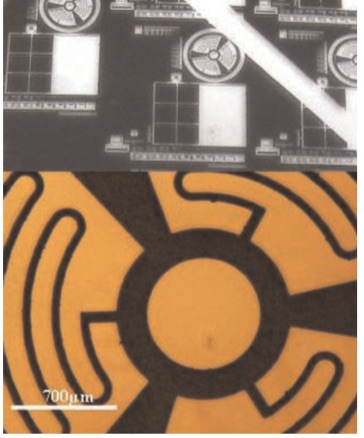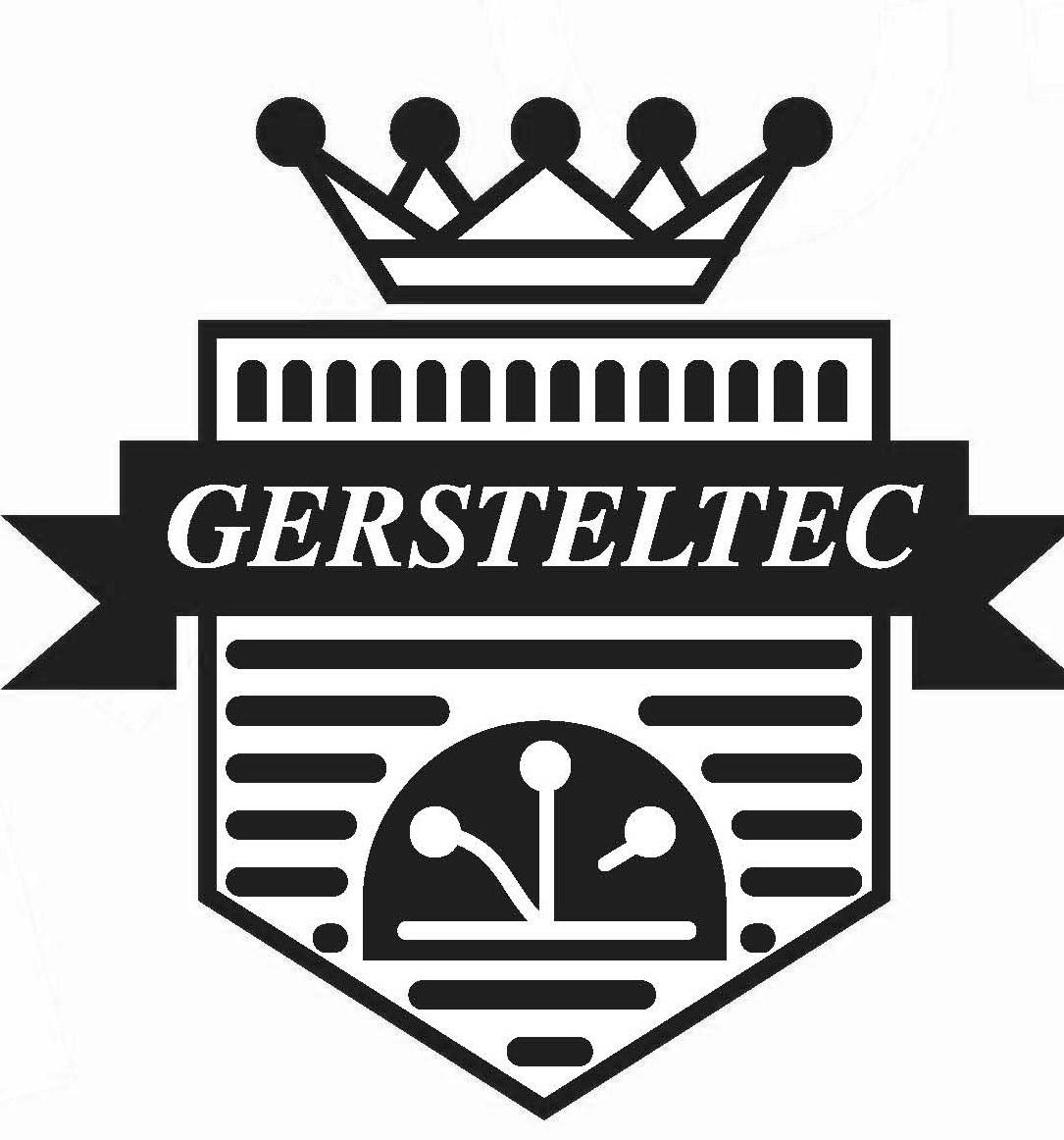Several recent detector technologies developed for particle physics applications are based on microfabricated structures. Detectors built with this approach generally exhibit the overall best performance in terms of spatial and time resolution.
SU8–carbon nanotube composites have been produced to enhance the mechanical, electrical, and thermal properties of SU8 photoresists. Homogeneous composites materials have been obtained when multiwalled carbon nanotubes (MWCNTs) functionalized with COOH groups were used. Indeed, COOH groups can react with the epoxy ring of the SU8 molecule yielding an improved interaction between carbon nanotubes
(CNTs) and the polymer matrix. Impedance spectroscopy was used to study the conducting percolation path in the composites, that is the quality of the nanotube dispersion in the epoxy matrix. It turns out that propylene glycol methyl ether acetate (PGMEA) as well as gamma-butyrolacton (GBL) are very suitable solvent to prepare SU8-MWCNTs composites of good homogeneity.
SU8–carbon nanotube composites have been produced to enhance the mechanical, electrical, and thermal properties of SU8 photoresists. Homogeneous composites materials have been obtained when multiwalled carbon nanotubes (MWCNTs) functionalized with COOH groups were used. Indeed, COOH groups can react with the epoxy ring of the SU8 molecule yielding an improved interaction between carbon nanotubes
(CNTs) and the polymer matrix. Impedance spectroscopy was used to study the conducting percolation path in the composites, that is the quality of the nanotube dispersion in the epoxy matrix. It turns out that propylene glycol methyl ether acetate (PGMEA) as well as gamma-butyrolacton (GBL) are very suitable solvent to prepare SU8-MWCNTs composites of good homogeneity.

Many properties of the SU-8 photoepoxy make it suitable for the manufacturing of microstructured particle detectors. This article aims to review some emerging detector technologies making use of SU-8 microstructuring, namely micropattern gaseous detectors and microfluidic scintillation detectors.
Marijana Mionic , Sbastien Jiguet, Moshe Judelewicz, Laszlo Forro, and Arnaud Magrez
Phys. Status Solidi B 246, No. 11–12, 2461–2464 (2009)
